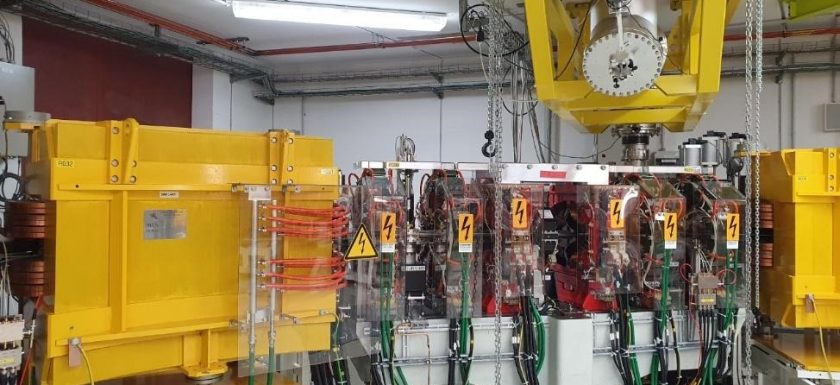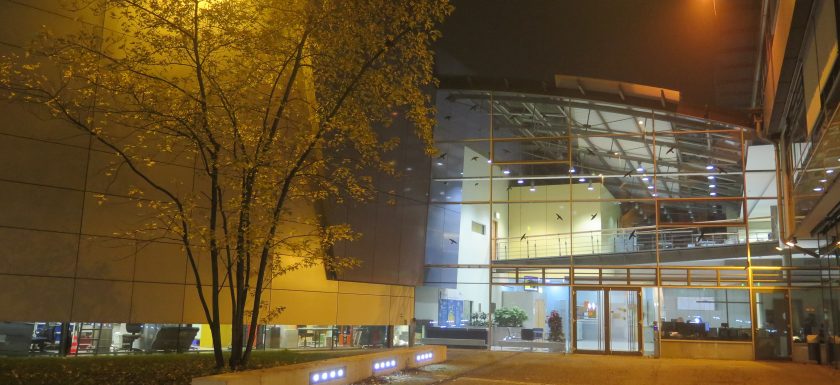On the train….
By summerstudent Gia Van Tran > Hop on the RE train at 7h12. I take out my pen and notebook to write down what I did yesterday and stupid mistakes to avoid. Then, I note down my daily tasks and some papers that would be nice to read when I was not in experiment time. That should take me at most 5 minutes to finish, so I still have around 50 minutes of commuting time.Read More →




